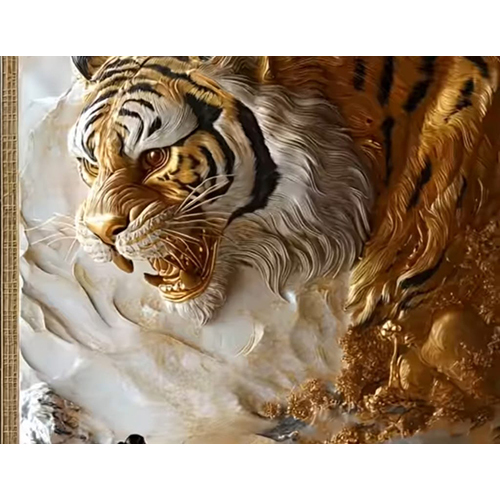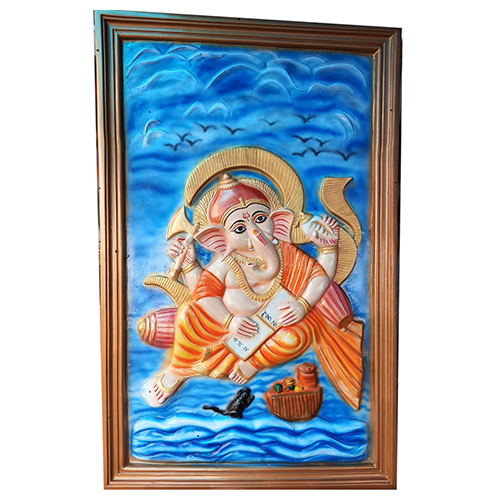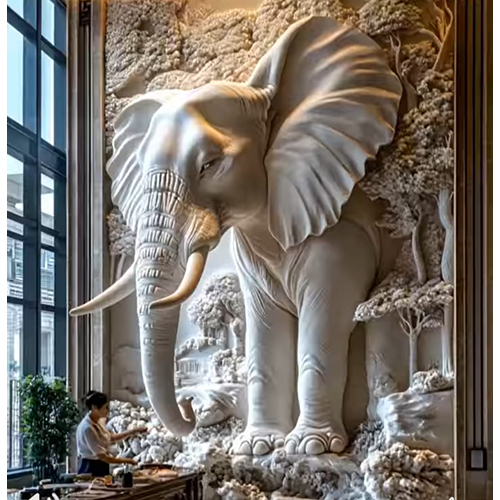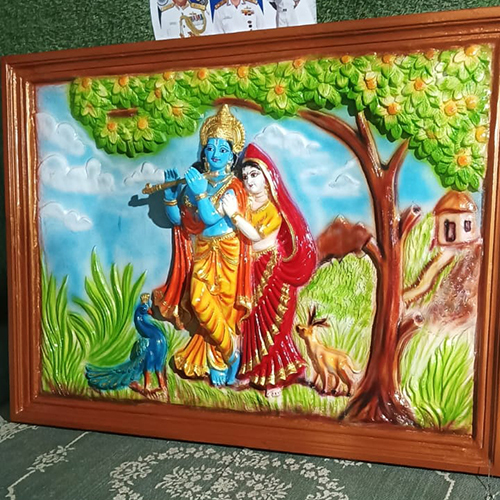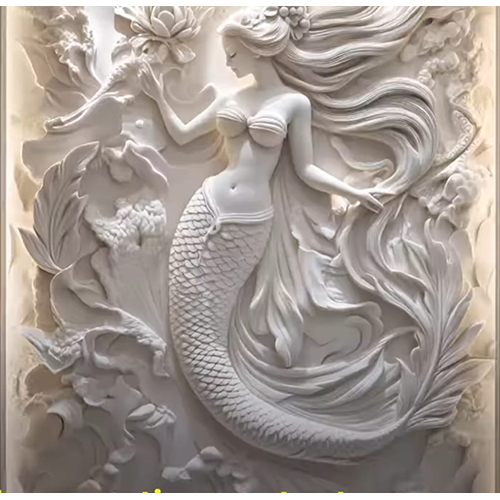Tiger Wall Statue
Product Details:
- Height 24
- Size Different available
- Color Multicolor
- Width 26
- Length 24
- Usage Decoration
- Material Fiber , FRP
- Click to View more
Tiger Wall Statue Price And Quantity
- 1 Piece
- 26000.0 INR/Unit
Tiger Wall Statue Product Specifications
- Decoration
- Fiber , FRP
- 24
- Different available
- Multicolor
- 24
- Indoor, Outdoor, Etc
- Polished
- 26
Tiger Wall Statue Trade Information
- Cash in Advance (CID)
- 100 Piece Per Month
- 7 Days
- Yes
- All India
Product Description
A tiger statue made of fiber typically refers to a sculpture of a tiger crafted from Fiberglass Reinforced Plastic (FRP). Let's break down the definition:
-
Tiger Statue: This clearly indicates a three-dimensional representation or sculpture of a tiger, the large cat species. These statues can range in size from small decorative pieces to life-sized or even larger-than-life installations. They are created for aesthetic purposes, often to evoke a sense of power, beauty, or to symbolize certain qualities associated with tigers.
-
Fiber (in this context, specifically Fiberglass Reinforced Plastic - FRP): This refers to the composite material used to create the statue. FRP is made by embedding reinforcing fibers, most commonly fiberglass, within a resin matrix (like polyester, vinyl ester, or epoxy). This combination results in a material that is:
- Lightweight: Compared to traditional sculpting materials like stone, bronze, or concrete, FRP is significantly lighter, making the statues easier to handle, transport, and install.
- Strong and Durable: Despite being lightweight, FRP is surprisingly strong and resistant to various environmental factors like weathering, corrosion, and impact. This makes it suitable for both indoor and outdoor displays.
- Versatile in Design: FRP can be molded into intricate shapes and textures, allowing artists and manufacturers to create highly detailed and realistic tiger statues. It can capture the musculature, fur texture, and dynamic poses of a tiger effectively.
- Relatively Low Maintenance: FRP statues generally require minimal upkeep, typically just occasional cleaning with soap and water.
- Cost-Effective (for certain production scales): While initial mold creation can have costs, for multiple productions, FRP can be a more cost-effective option compared to traditional casting methods.
- Paintable: FRP provides a good surface for painting and finishing, allowing for realistic coloration and detailing of the tiger's stripes and features.
Therefore, a "tiger statue fiber definition" essentially describes a sculpture of a tiger that is constructed using Fiberglass Reinforced Plastic (FRP) as its primary material, leveraging the material's lightweight nature, durability, and design versatility to create visually appealing representations of this majestic animal.
You might encounter these statues in various settings, including:
- Gardens and landscaping: As outdoor decorative elements.
- Theme parks and zoos: To enhance the visitor experience.
- Museums and exhibitions: For educational or artistic purposes.
- Private collections: As prized possessions for wildlife enthusiasts.
- Commercial spaces: To create a specific ambiance or branding.

Price:
- 50
- 100
- 200
- 250
- 500
- 1000+
 Send Inquiry
Send Inquiry